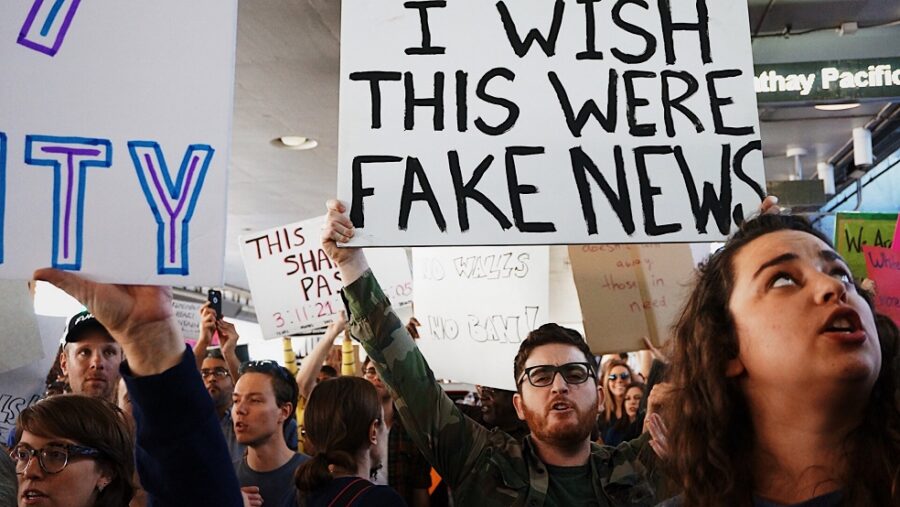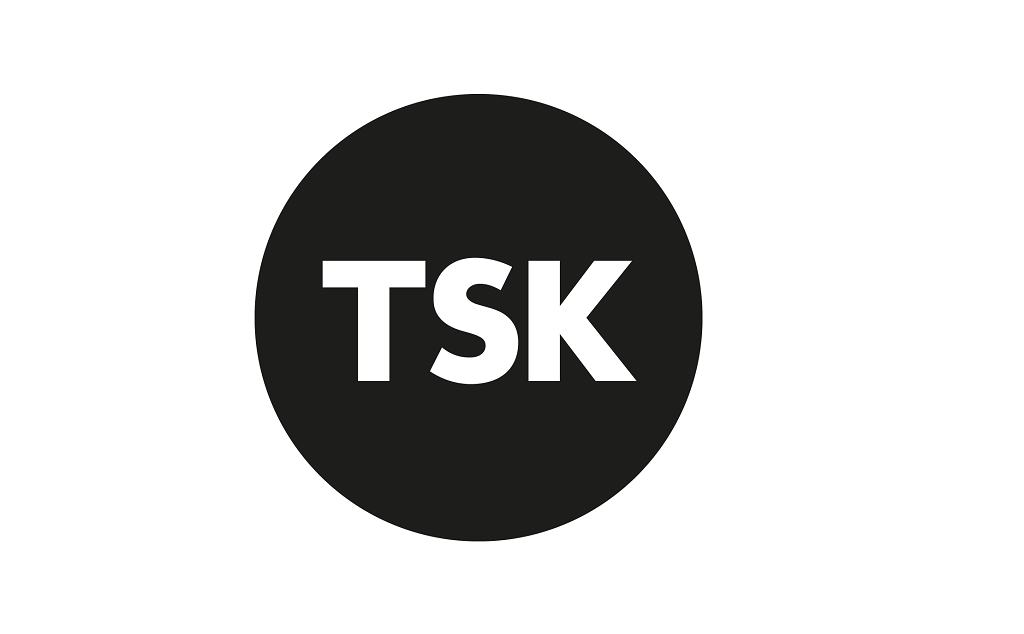A history of fake news: preparation is key

Oh fake news, you nuisance. In 2016 and carrying on into 2017, fake news has been a huge talking point across the world.
People would speculate that fake news started with the American election, when Donald Trump claimed anything he didn’t like was ‘fake news’, whilst his team cried ‘alternative facts’. People were keen, on both sides of the political spectrum, to discredit both Clinton and Trump, and as such created an endless stream of fake news sites and stories.
Harmless fun? Not really. During the US election campaign, fake election news stories generated more engagement on Facebook than the top election stories from 19 major news outlets combined. This is widely believed to be one of the main reasons that Trump is in office today.
Fake news however, didn’t start with Trump. Not even close. WW1 propaganda highlighted a problem that wasn’t actually happening in an attempt to panic people into joining e.g. a poster of King Kong stealing a scared woman with the quote “Destroy this mad brute, enlist US Army”.
So, fake news has been about for a while – what’s different now?
Enter, the internet and the rise of social media

Here are some insane facts about how internet-driven our current world is:
- More than half the world now use a mobile phone
- More than half the world’s web traffic now comes from mobile phones
- Internet users grew by 10% in 2016
- Active social media users grew by 21% in 2016 (up 482m)
- Facebook is now the source of most people’s news
With this many people being susceptible to fake news, it’s no wonder that it’s spreading like wildfire now more than ever.
Hosted on websites that often follow design conventions of online news media, with anodyne titles such as “Civic Tribune” and “Life Event Web” to give the semblance of legitimacy, the stories are geared to be widely accepted on social media. In its purest form, fake news is completely made up, manipulated to resemble credible journalism and attract maximum attention and, with it, advertising revenue – a man running a string of fake news sites from Los Angeles told National Public Radio that he made as much as $30,000 a month from advertising.
Thankfully, there is now a fight against fake news – Facebook will soon flag stories of questionable legitimacy with an alert that says “Disputed by third party fact-checkers”, whilst The Independent is launching a section called ‘In Fact’ to debunk fake news.
How does a company fight fake news?

There are several steps you can take to protect your company should a fake news story fall into circulation. You should first and foremost make sure you have fake news built in to your company’s crisis planning so you have a step-by-step guide on how to handle it. If a fake news story drops, you should tell the truth – the most powerful weapon a company has in its arsenal – however make sure you don’t rush in to tell the truth, it might just add fuel to the fire. If pro-active communication is required, communicate it within a day of the release via conference or a press statement to address inaccuracies, and fill online, social and traditional media with the accurate information.
And as a final note – don’t jump on the bandwagon. If you see a story that you think might be fake, don’t share it. Fake news is written to create a strong reaction, so if a story immediately makes you angry, there’s a chance it’s fake. Do your research and see what credible news organisations have said about the subject. The spread of fake news is in your hands.
So there you have it
Have any thoughts about anything we’ve said, or about fake news in general? Leave us a comment below. If your company needs help with a crisis communications plan or requires more information about how it could affect you, contact us at Roland Dransfield and we’ll give you the help you need.
Selected industry experts bring you insight and expert advice, across a range of sectors.
Subscribe for free to receive our fortnightly round-up of property tips and expertise
Selected industry experts bring you insight and expert advice, across a range of sectors.
Subscribe for free to receive our fortnightly round-up of property tips and expertise





